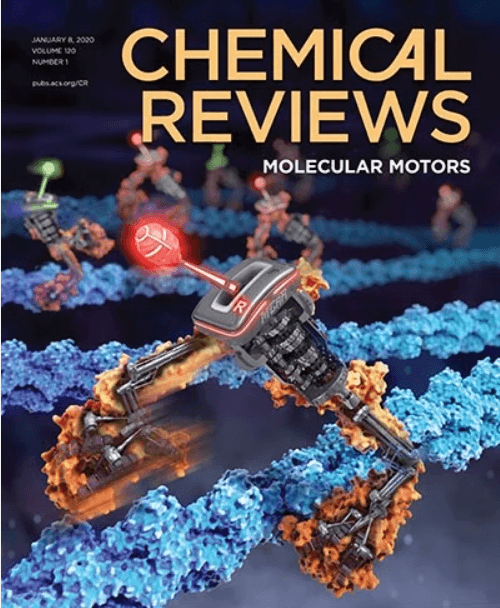MOF-Based Electrocatalysts: An Overview from the Perspective of Structural Design
IF 51.4
1区 化学
Q1 CHEMISTRY, MULTIDISCIPLINARY
引用次数: 0
Abstract
The electrocatalytic technique, as an efficient energy storage and conversion technology, has attracted significant attention to address energy exhaustion and environmental pollution. Usually, the activity and selectivity of electrocatalytic reactions are largely dominated by the dynamic process occurring on electrocatalysts. Therefore, high-performance electrocatalysts, which can dominate the pathway and energy barrier of reactions, are of great significance for the advancement of the electrocatalytic technique. Metal–organic frameworks (MOFs), as emerging crystalline porous materials, present structural and component advantages including well-defined structure, high surface area, large porosity, diverse components, and easy tailorability, demonstrating fantastic potential for the precise fabrication of electrocatalysts. In this Review, the emerging strategies in the precise fabrication of electrocatalysts based on MOF-related materials are specifically introduced from the aspects of catalytic site design and microenvironment modulation around catalytic sites. Furthermore, representative progress achieved in various electrocatalytic applications employing MOF-based electrocatalysts is systematically summarized, with special emphasis on the structural design of MOFs for catalytic performance optimization. Finally, the remaining challenges and future perspectives of MOF-based electrocatalysts are further highlighted.

基于 MOF 的电催化剂:从结构设计的角度概述
电催化技术作为一种高效的能量存储和转化技术,在解决能源枯竭和环境污染方面受到了广泛关注。通常,电催化反应的活性和选择性在很大程度上取决于电催化剂上发生的动态过程。因此,能够主导反应途径和能垒的高性能电催化剂对电催化技术的进步具有重要意义。金属有机骨架(MOFs)作为一种新兴的晶体多孔材料,具有结构清晰、比表面积大、孔隙率大、组分多样、易定制等优点,在电催化剂的精密制造方面具有巨大的潜力。本文从催化位点设计和催化位点周围微环境调节两方面详细介绍了基于mof相关材料精密制备电催化剂的新策略。系统总结了基于mof的电催化剂在各种电催化应用中的代表性进展,重点介绍了用于优化催化性能的mof的结构设计。最后,进一步强调了mof基电催化剂存在的挑战和未来的发展前景。
本文章由计算机程序翻译,如有差异,请以英文原文为准。
求助全文
约1分钟内获得全文
求助全文
来源期刊

Chemical Reviews
化学-化学综合
CiteScore
106.00
自引率
1.10%
发文量
278
审稿时长
4.3 months
期刊介绍:
Chemical Reviews is a highly regarded and highest-ranked journal covering the general topic of chemistry. Its mission is to provide comprehensive, authoritative, critical, and readable reviews of important recent research in organic, inorganic, physical, analytical, theoretical, and biological chemistry.
Since 1985, Chemical Reviews has also published periodic thematic issues that focus on a single theme or direction of emerging research.
 求助内容:
求助内容: 应助结果提醒方式:
应助结果提醒方式:


